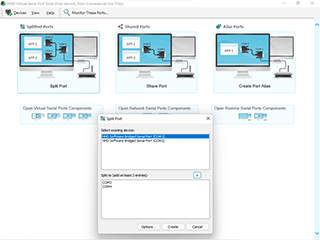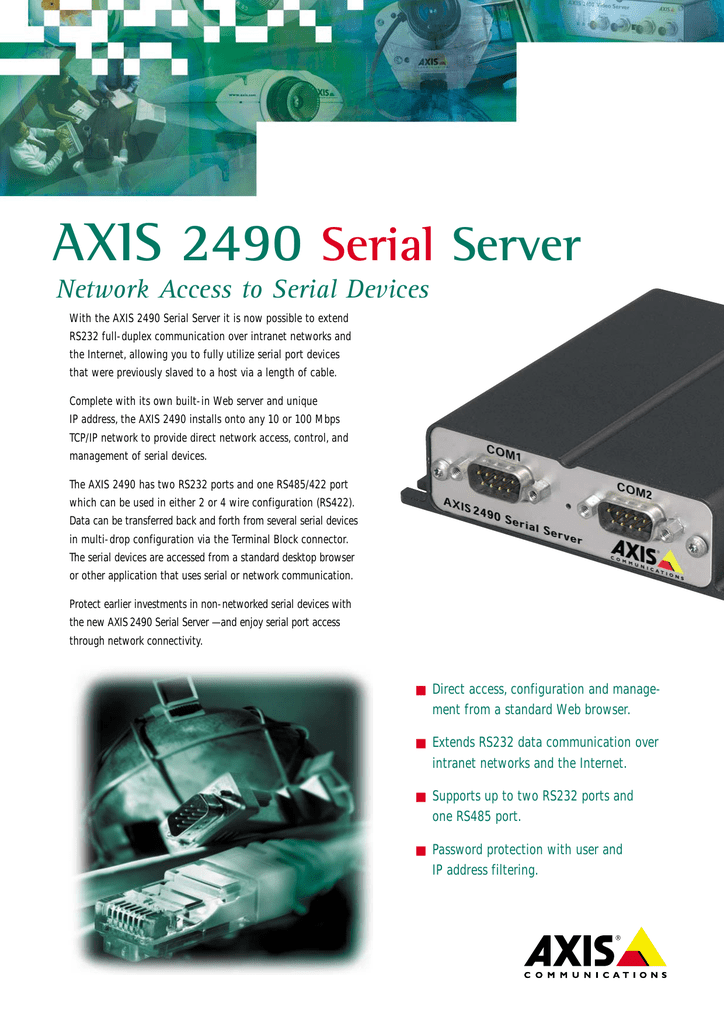

Any of NetBurner’s serial to Ethernet solutions will work. Hardware and software required for the example They are both incredibly stable and versatile utilities that support various Windows versions, up to the latest Windows 10.

WEB SERIAL PORT COMMUNICATION DRIVER
If you are looking for a native software solution to create virtual COM ports for use with other systems or hardware, we suggest the Virtual Serial Port over Ethernet Connector or the Virtual Serial Port Driver from our partners at Eltima Software.

Important Note: This tutorial deals exclusively with a virtual COM port implementation that is used with NetBurner devices. This saves time and money by allowing you to continue using your existing legacy applications. NetBurner provides a free virtual COM port application that creates a virtual COM port that can be used to transmit serial data over a network (Internet or LAN) to NetBurner Serial to Ethernet Servers or System on Modules. We’re going to help you get more life out of your serial system while keeping your computer in the 21st century. However, that doesn’t mean your legacy serial software assets should suddenly be worthless…does it? We say down with obsolescence and waste! We all need to upgrade computers from time to time to keep up with the latest OS and security requirements, not to mention just getting that new car smell.
WEB SERIAL PORT COMMUNICATION HOW TO
This is because the legacy software doesn’t know how to recognize or read USB or Ethernet data - and resurrecting the software engineer that originally coded it probably isn’t an option. The challenge here is different than just converting a serial device’s interface to a USB or Ethernet interface. This can be problematic if you still rely on legacy software applications that communicate through those now non-existent (or very limited) serial ports. In many cases, even if they do, the number of available ports is very limited. Most modern desktop computers and laptops no longer have the old school DB9 RS-232 serial ports (COM ports) that were traditionally used to connect directly to the hardware used in commercial, laboratory or industrial safety and control systems.


 0 kommentar(er)
0 kommentar(er)
